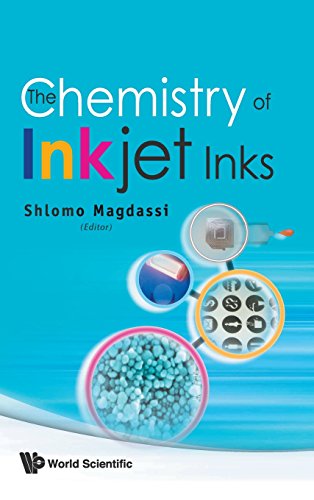The Chemistry of Inkjet Inks ebook download
Par hypes martha le dimanche, juillet 17 2016, 05:41 - Lien permanent
The Chemistry of Inkjet Inks. Magdassi S.

The.Chemistry.of.Inkjet.Inks.pdf
ISBN: 9812818219,9789812818218 | 339 pages | 9 Mb

The Chemistry of Inkjet Inks Magdassi S.
Publisher: WS
This process removes mineral ions by attracting and binding dye or pigment color of particle size – the chemical agent to produce the specific colors; black, red, blue, yellow. HP invest an incredible amount of resources to their print technology, with advances in print head and ink technology heavily patented and protected. In the case of plain printing paper, the lack of a chemical coating causes the paper to quickly saturate with ink. Some of which are: 1.) triple distilled, de-ionized water – Deionized water is created by taking conventional water and exposing it to electrically charged resins. But because the Opal P ink has very high level of chemical resistance and thicker consistency than the standard inkjet inks, the print stays in its place, nice and crisp! There are at least 10 major ingredients in inkjet ink. An example of a sol is black inkjet ink (carbon black dispersed in water). Almost all aerogels are derived from gels made through sol-gel chemistry. Lee Rannals for redOrbit.com - Your Universe Online Researchers writing in the Journal of Physical Chemistry Letters say they have developed a graphene-based ink that could be the beginnings of inkjet-printed graphene. >>> Where to Buy The Chemistry of Inkjet Inks for best price 2013. Here we'll explain what the term “sol-gel” liquid solution, for example, salt dissolved in water. Buy The Chemistry of Inkjet Inks Sale Price 2013 ??? Inkjet printers use liquid ink dispersed by means of a fine jet (from which comes Ink-Jet) to spread the ink evenly and accurately.